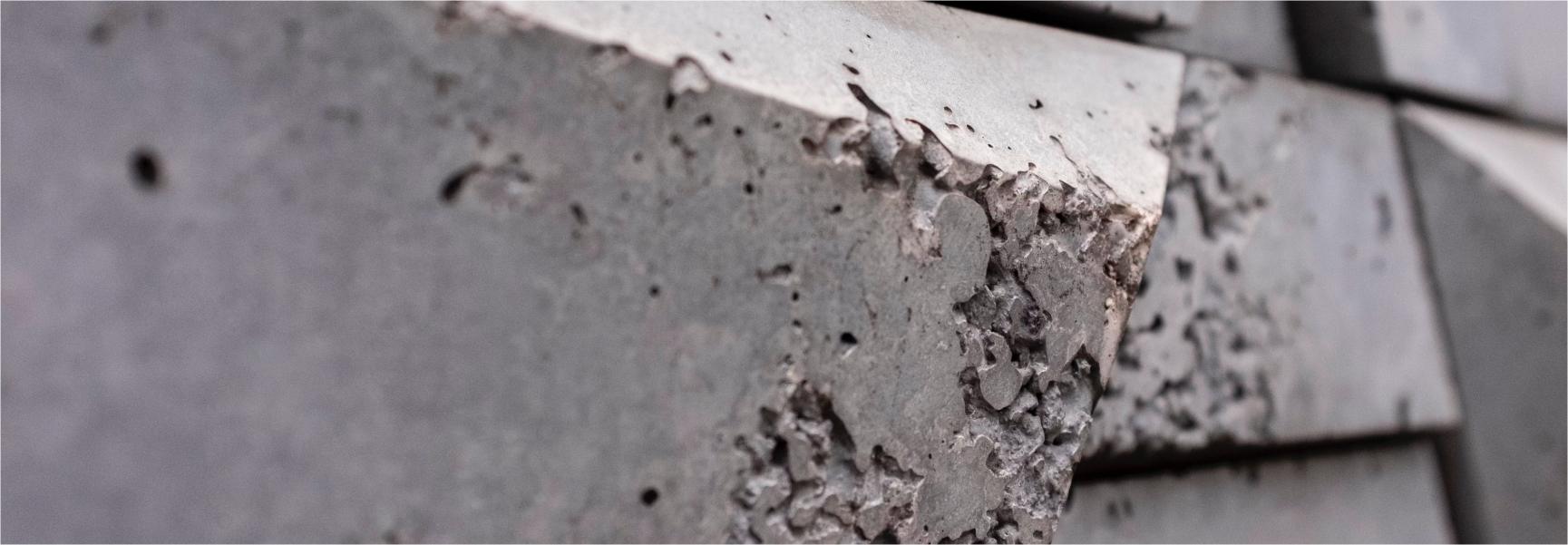
E3D: Enhancing Energy-Efficient Building Facades with 3D-Printed Concrete Elements
The project investigates how 3D-printed facade elements can be used to address challenges related to climate variations and energy efficiency in building facades.
PROJECT INFORMATION
Timeline
June 2024 – May 2027
Total cost of project
9 057 199 SEK
Swedish Energy Agency’s project number
P2023-01518
Coordinator
RISE – Research Institutes of Sweden
Participants
RISE, KTH Royal Institute of Technology, ABB, Adaxis, Heidelberg Materials, FOJAB, SIKA
Project manager and contact
Ojas Arun Chaudhari: ojas.arun.chaudhari@ri.se

The E3D project aims to improve the energy efficiency of building facades through the innovative use of 3D-printed concrete elements. By integrating 3D printing technology with sustainable construction methods, the project addresses the limitations of traditional facades and contributes to a more resource-efficient and environmentally friendly construction industry.
The E3D project is in line with the main strategic goals of sustainable construction by focusing on several critical areas.
Firstly, 3D printing technology is used to create passive facade elements that optimize resource and energy consumption and address the challenges of climate variability and moisture-related damage. 3D-printed concrete enables greater design flexibility and customization, significantly reducing material use and labour costs compared to conventional methods.
Second, the E3D project aims to change the role of the building envelope for energy efficiency by incorporating active facade solutions together with the use of a new insulation material made from lightweight concrete (CLC) for superior durability and insulation.
Third, the project prioritizes a user-centered approach to ensure that the developed solutions are practical and adapted to the actual needs of stakeholders. User interviews and lifecycle analyses will be conducted to adapt the project goals to real-world requirements, thus improving market readiness and usability.
Overall, the project aims to produce energy and resource-efficient, durable, and environmentally sustainable building solutions. The project outcomes will benefit architects, contractors, and regulatory bodies, promoting the adoption of 3D-printed facade technology in Sweden and Europe.
The project has a reference group with representation from Benders, UBAB, Mapei, Merit, Vertico, LTH and CoDesign.